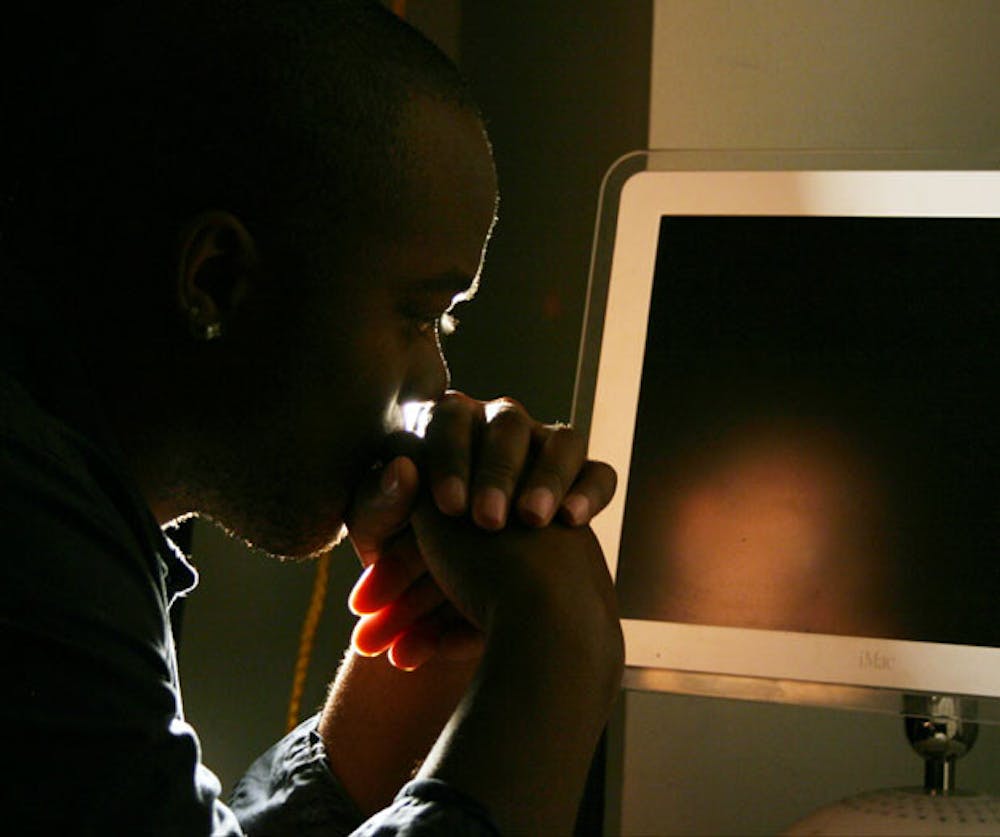College and high school students appear to show more symptoms of mental illnesses today than during the time period of the Great Depression, according to a new study. The study found that five times as many high school and college students score above the ratings for mental illness, or psychopathology.
Jean Twenge and five other researchers completed two meta-analyses, or combinations of studies, and did a sample of recent college students. They compared results from the Minnesota Multiphasic Personality Inventory, which is a psychological assessment.
“[The paper] is important for mental health services and for them to address the need,” said Brittany Gentile, a co-author of the paper, which was published in January.
There are many reasons why students show more psychopathology now than during the Great Depression era.
“We looked at several options, and certainly people have become more open about talking about this stuff,” Gentile said.
However, the stigma about mental health issues during the 1930s is not the only cause of the increase in psychopathology ratings.
She said there is more evidence for the intrinsic-extrinsic theory and that more people are being told to pursue extrinsic goals in life.
“The problem with extrinsic goals is they’re very difficult to achieve, like having expensive things and being a success and having lots of money,” Gentile said. “It tends to make people feel inadequate with their current state of being.”
Aaron Krasnow, associate director of ASU’s Counseling and Consultation, said in an e-mail that the study seems to be reliable.
More compelling reasons students seem to have higher levels of psychopathology, according to the study, are changes in economic factors and movement away from communities to more isolation, he said.
“Depression that stems from social isolation, trauma, and negative experiences could be limited or somewhat prevented,” Krasnow said, “if individuals had stronger social networks, healthy communities that are supportive, and have access to positive quality of life variables.”
Felipe Castro, a clinical psychology professor, said some of the statements in the study should be interpreted with caution, but it made good points overall.
Students are scoring higher on the clinical scales for psychopathology, but that doesn’t mean there are more people walking around with mental disorders, he said.
“There’s a distinction to be made in terms of looking at the person as a whole, whether they are actually dysfunctional,” Castro said. “Across most of the psychiatric disorders, one of the criteria is impaired social and occupational function.”
The impairment must be so great, he said, that the person is not able to go to work, school and might have to be hospitalized.
“That would be a more convincing pattern, that would say yes, we have more psychopathology and it’s more crippling in our country,” Castro said.
He did agree there are more symptoms of psychopathology because Americans have different value systems than in the past.
The study suggests that help-seeking might go up, but Castro said he disagrees with that somewhat, since he doesn’t think people will necessarily try to get help even if there is an increase in need.
“What I think has to be done really is the attitude toward mental disorders … has to be much more understanding that it’s actually a sign of strength to seek help,” he said.
Rebecca Price, a psychology junior, said she sometimes notices that students get more stressed and anxious, especially around finals, and have a lot of pressure to do well in school.
“Today, it seems like in America … I see where it’s always ‘go, go, go,’ get this done, how fast can you do this,” Price said.
Technology and multitasking can probably cause some stress, she said.
Price agreed there is still a stigma associated with mental disorders and that awareness and education can help prevent this.
“I don’t think anyone should feel bad if there’s a problem, it’s just like if you were sick with a medical condition,” she said.
Reach the reporter at reweaver@asu.edu




